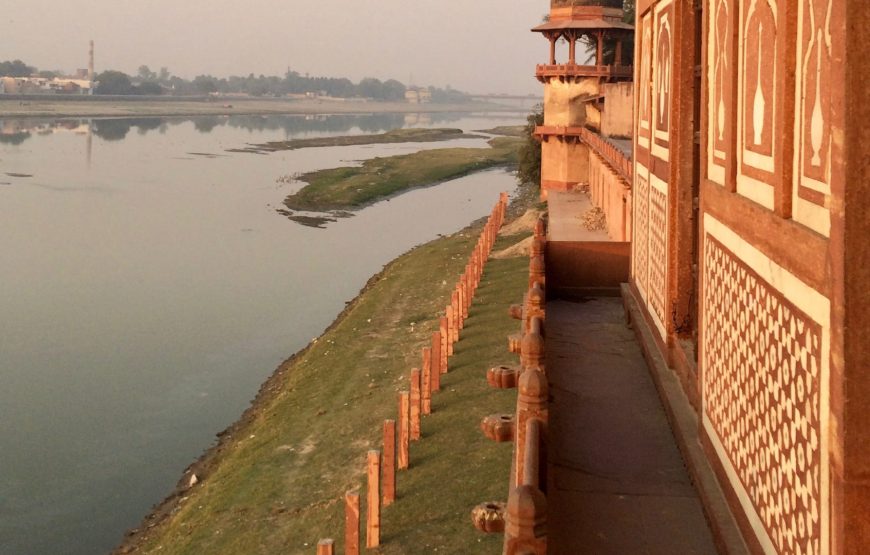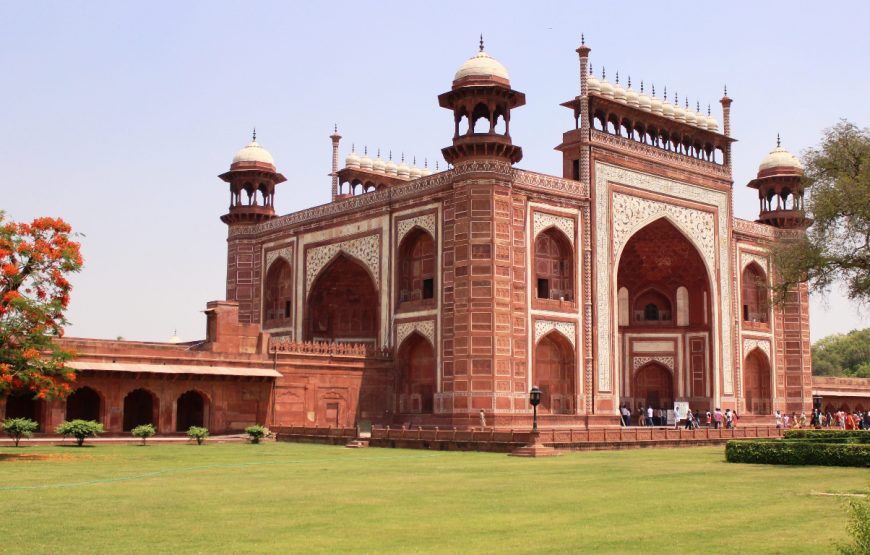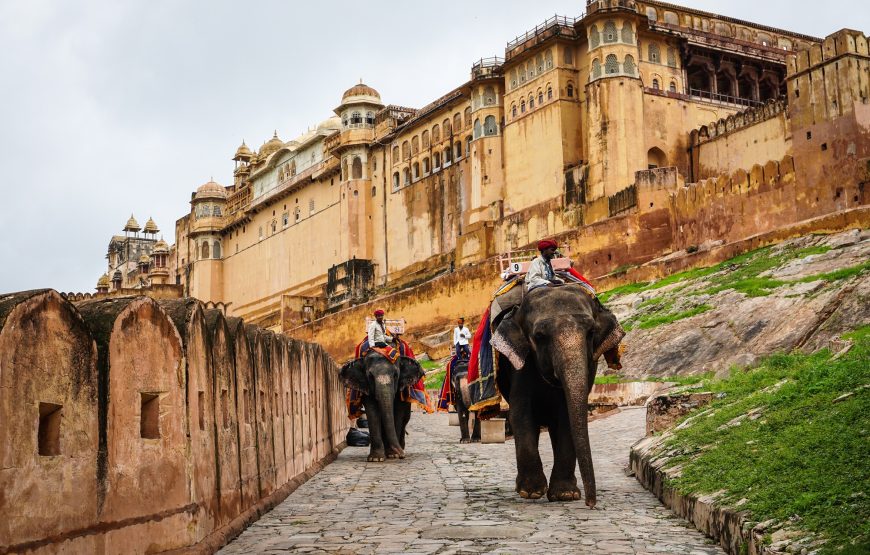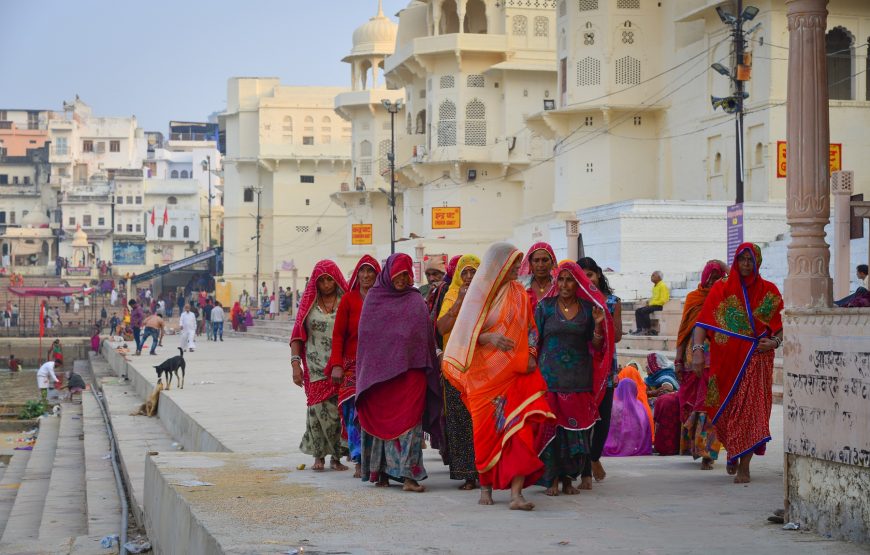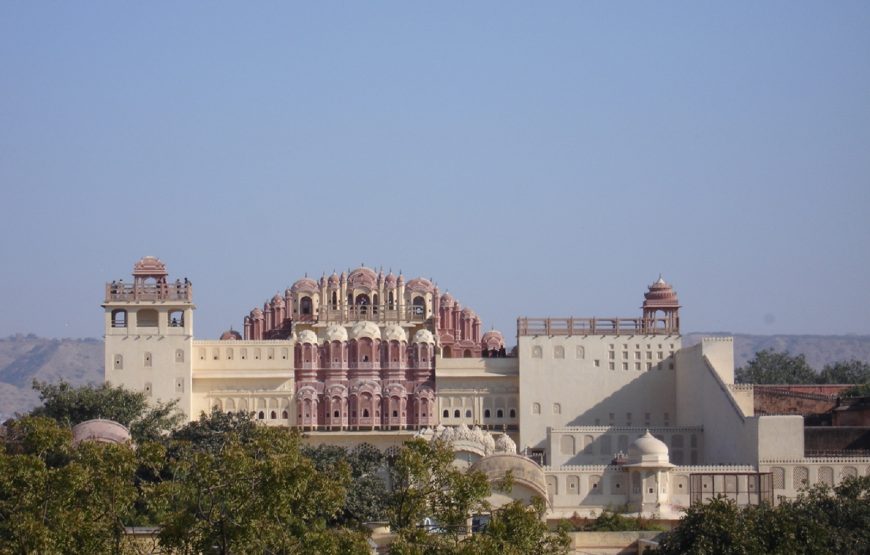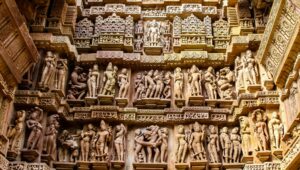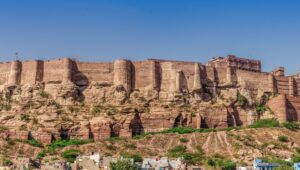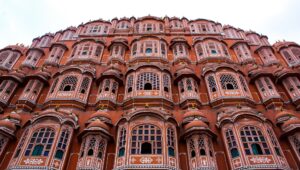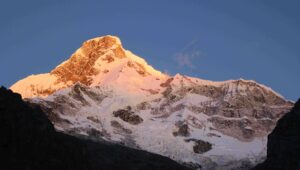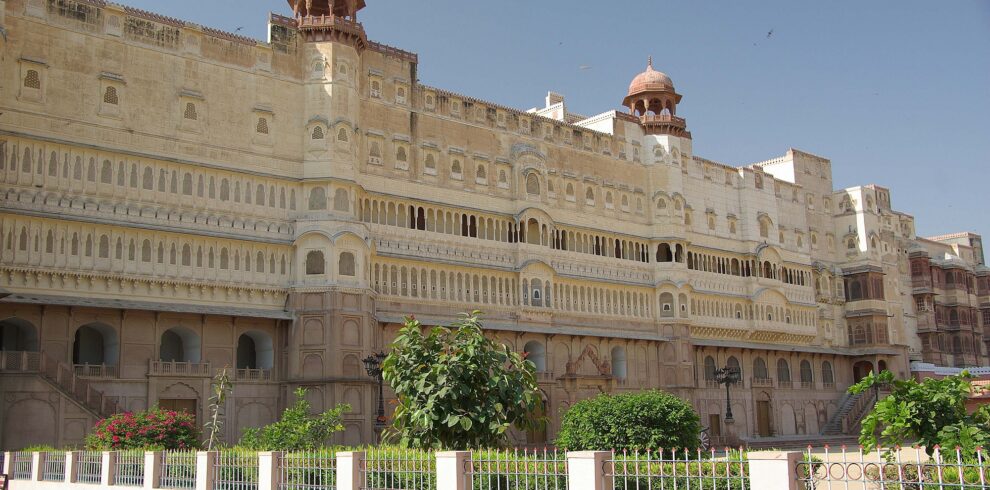Overview
Enjoy a 6-day classic Golden Triangle tour that covers three of the country’s must-see attractions – Delhi, Agra, and Jaipur. Hop on a rickshaw for a scenic ride through Delhi’s history-filled Old City. See the world-famous and one of the seven wonders of the world -The Taj Mahal. Visit the opulent palaces and forts in the desert capital of Jaipur.
Itinerary
Arrive at New Delhi airport, and transfer to the hotel for a night stay.
Enjoy the rest of the time free for leisure.
Visit the Taj Mahal, an ivory-white marble mausoleum on the southern bank of the river Yamuna in the Indian city of Agra. It was commissioned in 1632 by the Mughal emperor Shah Jahan to house the tomb of his favorite wife, Mumtaz Mahal; it also houses the tomb of Shah Jahan himself.
Head to the Agra Fort, a historical fort in the city of Agra in India. It was the main residence of the emperors of the Mughal Dynasty until 1638 when the capital was shifted from Agra to Delhi. Before capture by the British, the last Indian rulers to have occupied it were the Marathas.
Visit the market and free for leisure.
Over-night stay at Agra Hotel.
Visit Fatehpur Sikri, a small city in northern India, just west of Agra, founded by a 16th-century Mughal emperor. Red sandstone buildings cluster at their center. Buland Darwaza gate is the entrance to Jama Masjid mosque. Nearby is the marble Tomb of Salim Chishti. Diwan-E-Khas hall has a carved central pillar. Jodha Bais Palace is a mix of Hindu and Mughal styles.
Head to Chand Baori, which was built during the 8th and 9th centuries and has 3,500 narrow steps arranged in perfect symmetry, which descend 20m to the bottom of the well.
Go to Chokhi Dhani.
Overnight Stay at Jaipur Hotel.
In the morning, visit Amer Fort situated on the top of the hill. Amer Fort was built by Raja Man Singh I. It is known for its artistic elements. The Maota Lake located in front of the monument acts as a source of water for the fort.
Go to Jantar Mantar, a UNESCO World Heritage site built in 1734. It is a collection of nineteen architectural astronomical instruments built by the Rajput king Sawai Jai Singh II, the founder of Jaipur. The instruments allow the observation of astronomical positions with the naked eye.
Head to City Palace and spend one hour to explore Maharaja’s City Palace. City Palace of Jaipur was originally the administrative and ceremonial seat of Maharaja of Jaipur which was constructed in 1721. It was also the location of religious and cultural events that took place at that time. It now houses the Maharaja Sawai Man Singh II Museum, and continues to be the home of the Jaipur royal family.
See the Jal Mahal(6 kms) on the way to Amer, this small palace is set in the middle of Man Sagar Lake. Renovation around the lake is in progress.
Continue to Hawa Mahal, famously known as "The Palace of Winds" or "The Palace of Breeze"). Built from red and pink sandstone, the palace sits on the edge of the City Palace, Jaipur, and extends to the Zenana, or women's chambers.
Overnight stay in Jaipur Hotel.
Go to Red Fort. Shah Jahan constructed Red Fort in 193. It was the main residence of the Mughal Dynasty and is located in the city center. It is made from red sandstone and that is where it gets its name from. It became a UNESCO World Heritage Site in 2007.
Visit Qutub Minar, a five-story tapering tower with a height of 73 meters. The spiral staircase in this minaret has 379 staircases. It is a UNESCO World Heritage Site and visited by many every day.
Check-in at the delhi hotel.
Overnight stay at Delhi hotel.
After breakfast visit the Lotus Temple. Famous for its flower-like shape, Lotus Temple is a house of worship and open to all. Winning numerous awards, this place is a prominent attraction for all.
Go to Jama Masjid, one of the largest mosques in the country, Jama Masjid is made up of red sandstone and marble. It was constructed by Shah Jahan and is visited by hundreds of people every day. The courtyard of the mosque can accommodate about 25,000 people and be built for about one million Indian Rupees.
See the Humayun's tomb, the tomb of the Mughal Emperor Humayun in Delhi, India. The tomb was commissioned by Humayun's first wife and chief consort, Empress Bega Begum, in 1558, and designed by Mirak Mirza Ghiyas and his son, Sayyid Muhammad, Persian architects chosen by her.
Move to Raj Ghat, a memorial dedicated to Mahatama Gandi, Raj Ghat is situated in Delhi. It is a black marble open to the sky and a flame that is eternal burns at one end. It is a great place to learn more about the history of the country.
Head to Chandni Chowk, take a cycle Rickshaw ride in Chandni chowk & Khari Baoli Spice Market, a busy shopping area with markets full of spices, dried fruit, silver jewelry, and vivid saris, while the narrow side streets are crowded with tiny shops selling essential oils, stationery, and traditional Indian sweets.
In the evening, drop off at Delhi Airport or at any desired location.
Include
- Breakfast
- Private Air Condition Transport
- Toll tax, parking, fuel, etc.
- Pick up & Drop
- Sightseen
- Lunch/Dinner
- Any type of monuments charge
- Any type of drinks
- Any type of personal expenses
- Hotel Accommodation


